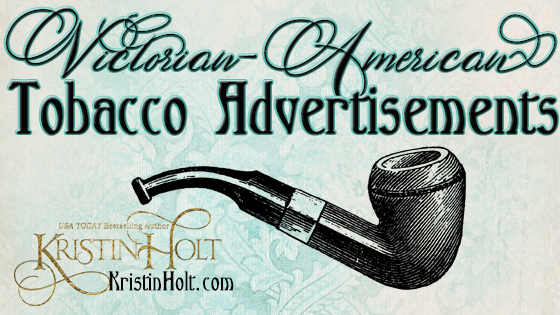
by Kristin Holt | Feb 15, 2020 | Articles
Advertisements from vintage newspapers and periodicals shed much light on the tobacco habits of our nineteenth century United States ancestors. Each ad cites sources, dates, and provides everything from brand names to prices to general categories to help us draw conclusions about tobacco use in the Victorian United States.
Why? Because accurate backdrops make for exciting fiction!
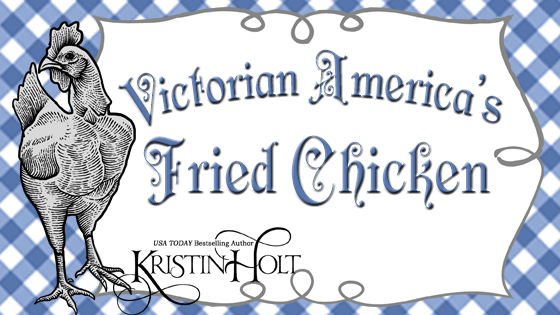
by Kristin Holt | Jul 6, 2019 | Articles
July 6th is (United States’) National Fried Chicken Day. A perfect time to acknowledge and celebrate the love of fried chicken throughout the nineteenth century. Not only was this dish well-established in the colonies (17th and 18th centuries), it was a favorite throughout the States as the nation expanded to the California coast. Vintage newspaper clippings detail restaurant menus featuring fried chicken and provide vintage instructions for frying succulent drums, thighs, and breasts. Apparently folks said thank you with a good meal then, the same as they do now.
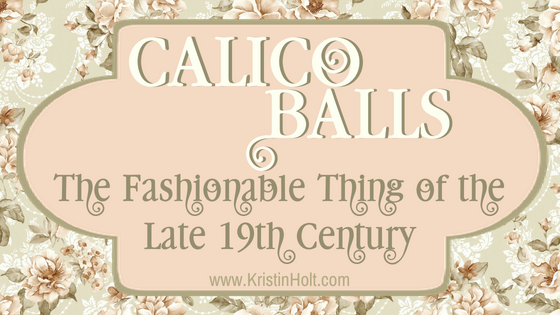
by Kristin Holt | Jun 5, 2018 | Articles
One (unnamed) high-society New York City hostess started a fad that lasted fifty years…
The Calico Ball. Not only was the style of party highly fashionable, it also ensured help to those who needed it most.
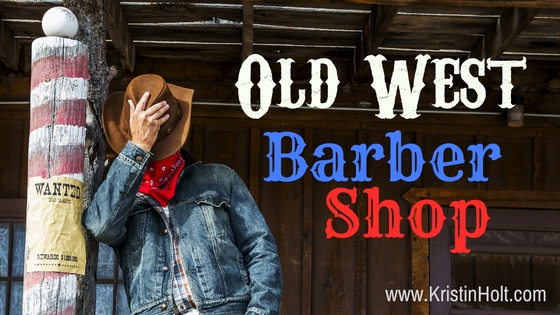
by Kristin Holt | Sep 23, 2016 | Articles
Old West Barber Shops used the traditional sign of the striped pole, advertised in newspapers, and usually hired men. Comparing for time passage and inflation, the low rates barbers charged then still seem ridiculously low. This is the first of many posts about Old West Barber Shops and Ladies Hair Salons.
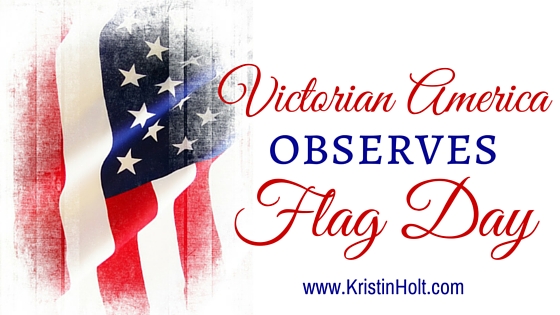
by Kristin Holt | Jun 14, 2016 | Articles
Victorian Americans not only observed Flag Day on June 14th–they created it. Flag poles on government property sported the star spangled banner. Private citizens raised the flag, draped patriotic bunting over porch rails and fences, and attended military parades. Most of all, they recalled what the American flag stands for, its symbolism, and the meaning of patriotism. The practice of observing Flag Day on June 14th, annually, had been in practice since the 1870s and become widespread, but it took well into the 20th century for a President of the United States to make the day a federal holiday.













